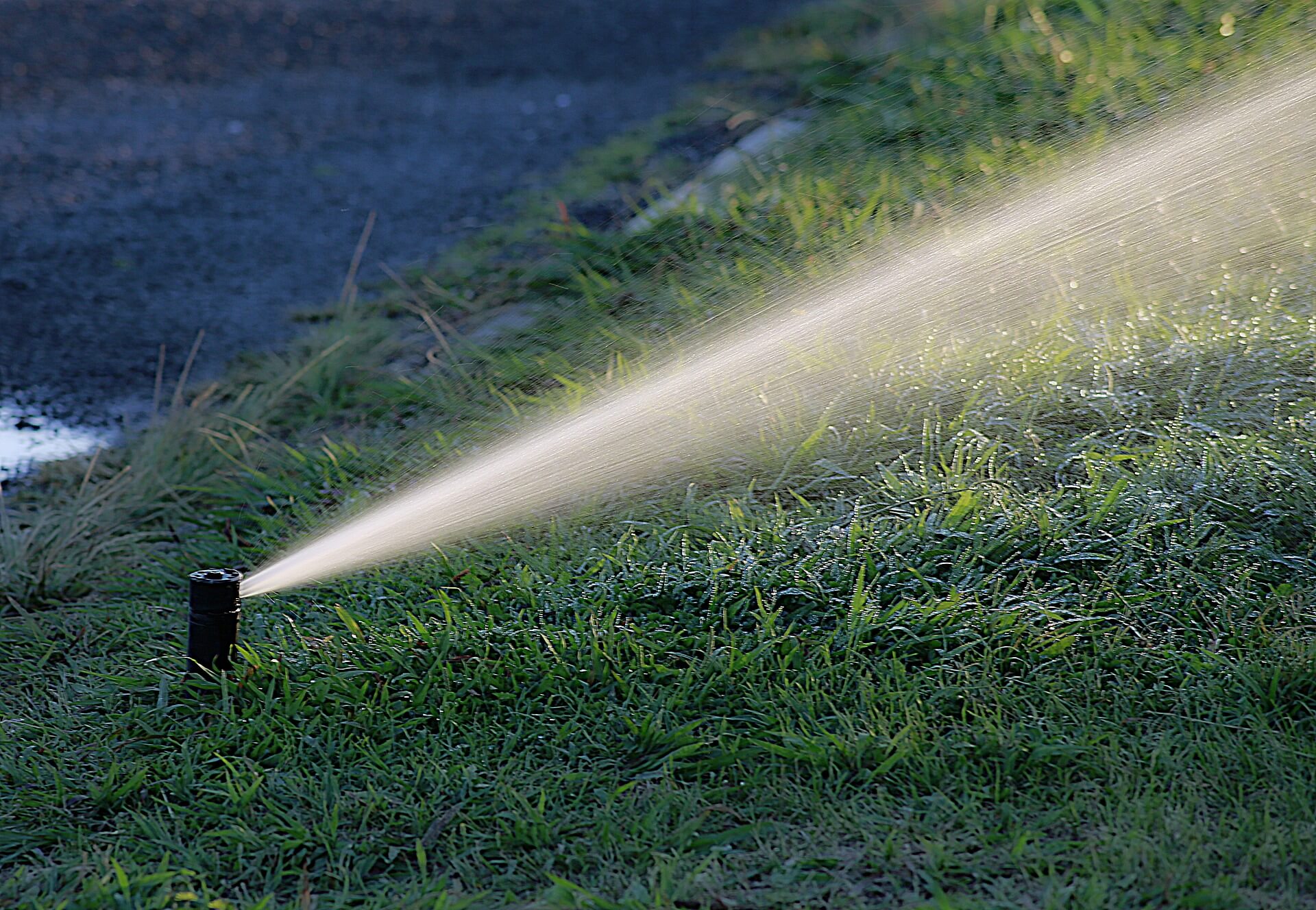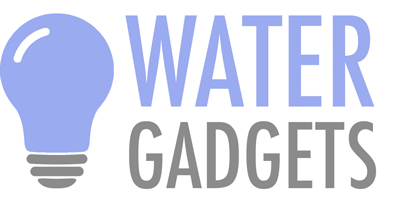
05 Mar The best electric water pump controller
Nowadays, many people only know old-fashioned pumps from historical films or the grandparents’ garden. And that is logical, because they can hardly be compared with the efficiency of today’s pumps in private and industrial use.
In order to increase this efficiency even more and to be able to control the pump optimally, a pump control is the best tool. No matter if submersible pressure, centrifugal or garden pump – there is definitely a suitable pump control.
The most important facts in brief
- A pump control system controls a pump and ensures its correct function and performance.
- Pump controls can be purchased relatively inexpensively in DIY stores as well as on the Internet.
- Pump controls are not universally applicable, you have to choose them according to application and device.
The best water pump control as all-rounder

The T.I.P. 30241 pump control is electronic and can be used for domestic water supply in the house and garden for submersible, deep well, cistern and garden pumps from 1.5 bar. It contains a dry-running protection and an integrated pressure gauge at delivery.
The T.I.P. BRIO 2000 M Electronic Pump Control has a switching capacity of 1100 Watt, i.e. it is suitable for pumps with a mechanical capacity of 1100 Watt. A dry run protection prevents the pump from continuing to pump when there is no more water.
The best pump control for centrifugal pumps
The Agora-Tec* AT-DWv10 is a high quality, heavy duty pump controller designed for use in the home and garden and can automatically control deep well pumps, centrifugal pumps and submersible pumps. It comes with a dry-running protection, a non-return valve and an LED operation indicator, which makes it easy to use the pump control.
The LED status display from the Agora-Tec pump* control unit signals when the pump is switched off. When the tank is full again, the pump control can be set to normal operation by the RESET switch.
The best wireless pump control for domestic waterworks

The Monzana pressure switch monitors the water pressure and ensures that it remains as constant as possible. The pump control is equipped with a test valve to protect the piping system against pressure loss. The pressure switch has a maximum working pressure of 10 bar.
The line pressure in the connected system is monitored by the pressure switch. The water pump is started and stopped automatically depending on the opening and closing of the consumer. The pump control is wireless.
Where are pump controls used?
An optimally adapted pump control system ensures the efficient operation of a pump by monitoring and controlling the operation of the pump. Today, electronic pump controls are used as standard, as they can be adapted to the user’s needs by programming.
As soon as external influences determine when the pump should be switched on or off, switchgear is required to detect these external conditions and switch the pump over. These influences could be the following:
- Filling level
- Temperature
- Time
The control of the pump depending on the filling level comes for example in a shaft, a basin or a cistern. These containers are usually emptied. Whether one or more pumps have to start depends on the respective filling level.
For garden irrigation, constant pressure is usually required. In this case, pump control can ensure that the pressure is maintained. This is especially important for deep wells because the water is pumped from a large difference in height and this is only possible with constant pressure.
A pump can also be switched on or off depending on the temperature.
A time dependence is also possible. With a timer you can set exact intervals for the pump to work at certain times and for a certain duration.
How does a pump control work?
How a pump control works exactly, you can usually see on its schematic. Most pump controls have sensors that measure water pressure, level or temperature. If these reach a certain value, they put the pump of the domestic waterworks on stand-by. The control unit is mounted on the pump and serves as an interface between water supply and withdrawal. With a timer, a pump control can also record the given time intervals.
Purchase criteria for Pump Controller
With these factors, you can compare and evaluate pump controls.
In the following, we would like to show you which factors you can use to compare and evaluate pump controls. This will make it easier for you to decide whether a particular product is suitable for you or not.
In summary, the factors are as follows:
- Applications
- Switching capacity
- Dry run protection and check valve
- User-friendliness and operation display
- Adjustable pressure, operating pressure and operating temperature
- Connection and cable length
In the following paragraphs, you can read about the following criteria and how to classify them.
Fields of application
Pump controls are not universally applicable. They are specialized for different applications and devices. For example, certain pump controls are only suitable for deep good pumps, centrifugal pumps and submersible pumps and not for suction pumps. There are also pump controls that are specifically designed to control the pump depending on pressure, level/fill level or temperature etc.
This is the most important purchase criterion for buying a suitable pump control and it depends on what you have for a pump and which factor is decisive for controlling your pump.
Performance
The maximum capacity indicates the maximum power the controlled pump may have. Before buying a pump control unit, you should always make sure that it is suitable for the performance of your pump. Many conventional pump controls only have a switching capacity of 1100 watts and are therefore not suitable for many domestic waterworks or domestic water dispensers that have a higher capacity.
Dry run protection and check valve
A dry-running protection prevents a pump from continuing to pump when water is no longer available. It switches the pump off when there is a lack of water. A non-return valve prevents water hammer effects. Many compact pumps, such as domestic waterworks and domestic water dispensers, already include dry-run protection and a non-return valve, but not simple pumps such as deep-well pumps and centrifugal pumps.
Even many domestic waterworks do not have dry-running protection. Therefore it is good to have a dry run protection and a non-return valve for the pump control, otherwise you will have to buy these separately.
User-friendliness and operation display
Since pump controls are designed to allow you to customize the pump to your needs, you will probably want to monitor the operation of the pump control.
For example, some pump controls have an LED power indicator that lets you see the status of the pump control. This is particularly user-friendly and helps you to manage the pump control better.
Smartphone control is also an option today.
Adjustable pressure, operating pressure and operating temperature
The switching pressure is adjustable in the best case. This is not the case with every pump control, but usually the pressure is adjustable from 1.5 – 3 bar. The operating pressure is the maximum pressure the pump control can withstand. The more difference in altitude must be overcome, the higher the required pressure should be.
Most pump controls can withstand a pressure of up to 10 bar. The operating temperature is the maximum temperature that the medium can withstand. At a maximum operating temperature of 60 °C, the pumped liquid must therefore not be warmer than 60 °C. Most pump controls have a maximum operating temperature of 50 – 60 °C.
Which values are good for you depends on what you want to pump and where you want to pump it from. These are all factors that are quite individual.
Connection and cable length
These two factors are also quite individual. The connection must fit you, of course. The cable length of the plug and the socket should also match what you need, although cables can be extended.

No Comments